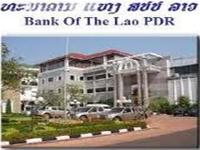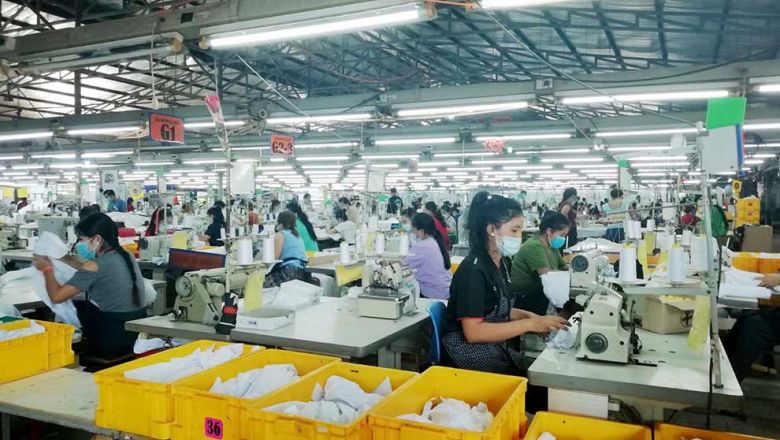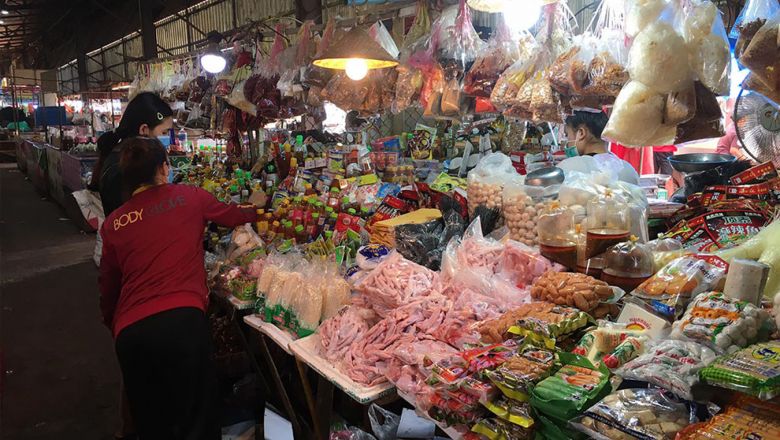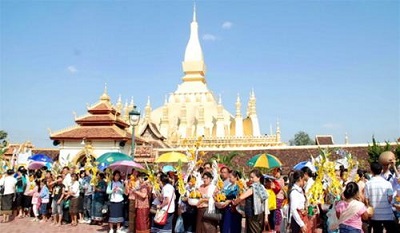Laos needs to create resilience for sustainable growth
Laos needs to create resilience for sustainable growth
Robustness and resilience are important economic concepts to secure long term sustainable economic growth in Laos, according to a leading corporate executive.
General Manager External Affairs, PanAust Ltd./Managing Director PBM Ltd., Mr Richard Taylor, told Vientiane Times last week that the Lao economy has benefitted from the China boom over the last two decades.
�The China boom has been commodity intensive and Laos can continue to expect to benefit from the growth in China. However, this growth will moderate and China's import demand profile is changing towards higher end commodities, particularly foodstuffs,� he said.
�These changes will encourage the development of the next generation of businesses in Laos to support overseas trade and help with the diversification of the Lao economy and avoidance of risk.�
This year started with the lowest China GDP growth rate in 25 years. Recent IMF papers have tracked the direct linkage between a drop in Chinese growth and corresponding decreases in Asean growth rates; the largest impacts being felt in developing markets.
Mr Taylor said Myanmar and Laos benefitted from an unsustainable increase in property development and construction, fed by a need to keep Chinese state-owned enterprises (SOEs) employed and to move capital outside of China.
�As this financial imbalance driven investment nears conclusion, the empty mall and hotel projects in Yangon and Vientiane are likely to weigh on these sectors for some time. China's decision to tighten capital restrictions and limit overseas investment in favour of domestic growth in recent months is also likely to impact Chinese investment in these markets,� he said.
In addition, exchange rate pressures are seeing Myanmar and Laos reportedly look at means to tighten currency controls to protect the currency from devaluation.
Laos is particularly vulnerable with budget deficit financing in foreign currency and relatively small foreign reserves, combined with an increasing interconnectedness with neighbouring countries. These issues make it all the more important for the government to grapple with problems one and two above.
Another challenge for Laos is that the special economic zones (SEZs) in Myanmar's Dawei and on the Thai border will compete with Lao SEZs as both economies retain GSP trade preferences to Europe and are attractive component sources for Thailand based industries.
Therefore the regulatory reforms in Laos need to at least keep pace with regional reforms to maintain the current positive economic trajectory.
Mr Taylor reiterated the three areas that need urgent attention this year: freeing up the system so economic bureaucrats can get back to decision-making, balancing core promises on the environment with business promotion, and diversifying foreign investment to increase robustness to changes in China and the US.
�A balanced, growing and diversified economy provides Laos with the most options in terms of protecting the environment. An economy that is reliant on subsistence, largely rural activities, particularly agriculture, is vulnerable to deforestation and degradation of marginal lands,� he said.

















